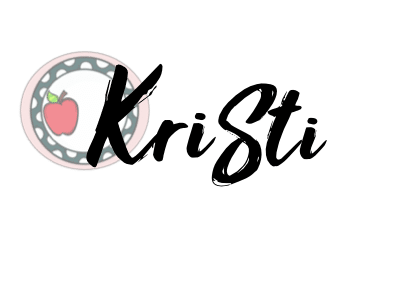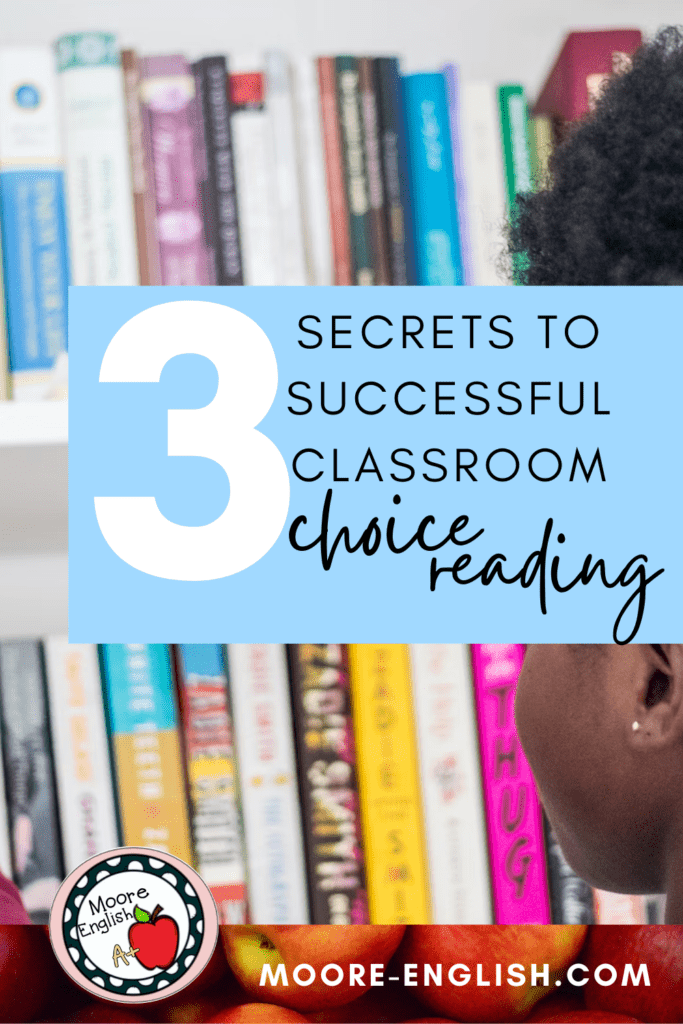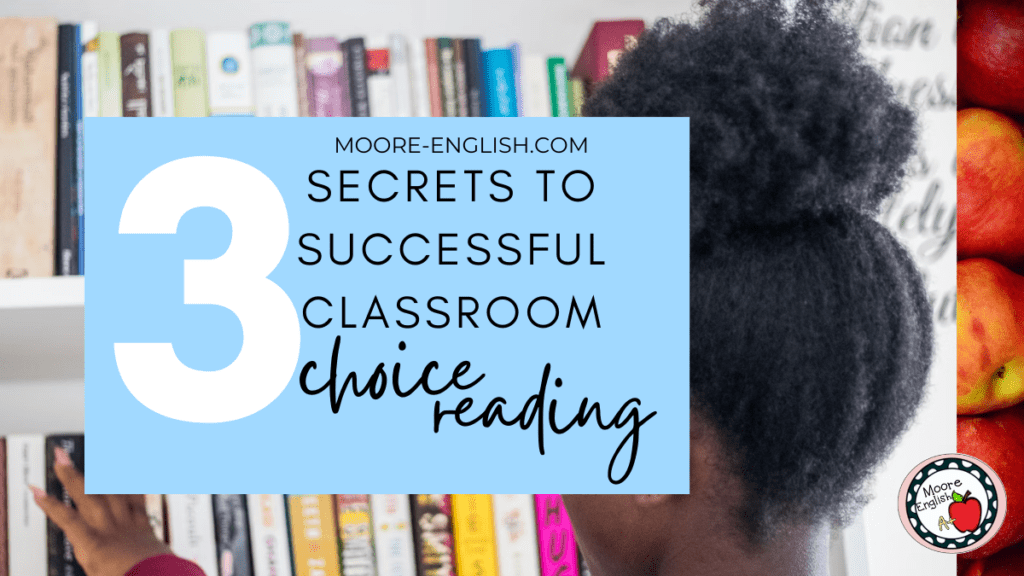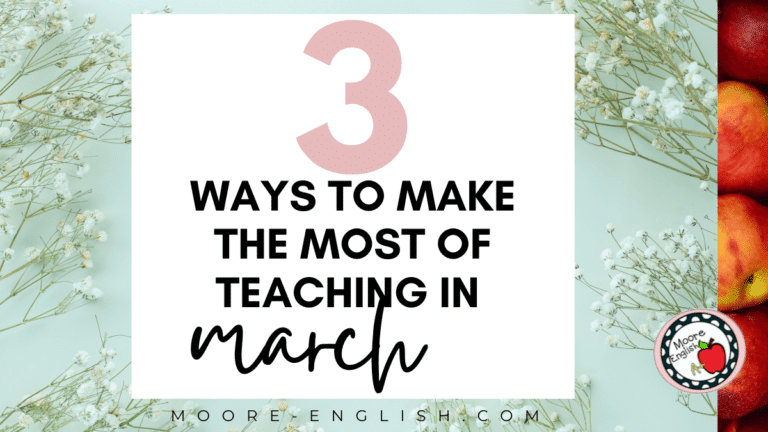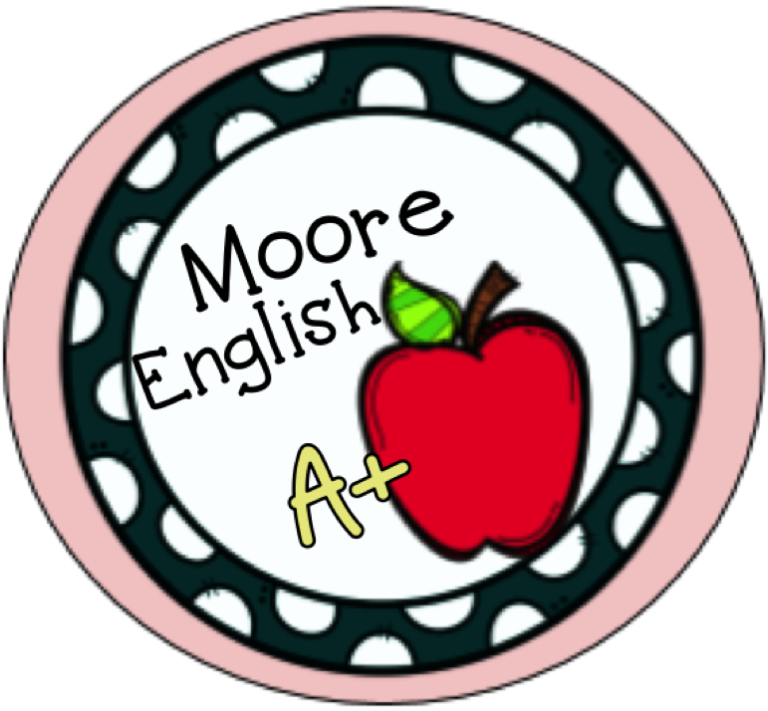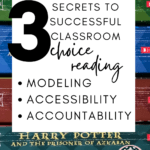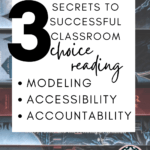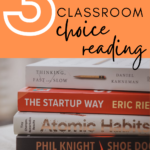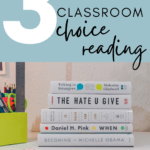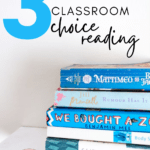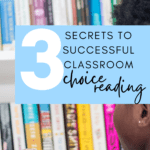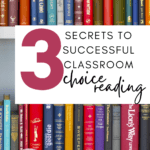For my students, choice reading is our bell work a few times a week. During that time, students read any appropriate book of their choosing. Students look forward to choice reading time. When assemblies, fire drills, or state testing interrupt their reading schedule, they get upset.
To make choice reading successful in my classroom, each class establishes its own expectations for behavior. The only two expectations I insist upon relate to reading appropriate texts (ex: no Junie B. Jones in tenth grade) and not reading textbooks for another class. Memorably, one of my junior classes add “no tax fraud” to their list of expectations.
Today, I want to share secrets to choice reading success so you can implement a choice reading program or strengthen your existing program!
This post this post may contain affiliate links. Please read the Terms of Use.
Accessible Reads
First, it’s important to have accessible books. Starting and maintaining a classroom library can be a challenge, so I wrote an entire post about cultivating a successful classroom library.
Second, accessible reads come in all shapes and sizes: paperbacks, ebooks, audiobooks, graphic novels, Spanish-language texts. While I have a classroom library, our school library also has an excellent collection of audiobooks and ebooks. Inviting the librarians in to host a book tasting or a First Chapter Friday is a great way to promote their services and encourage students to visit the school library.
Finally, I try to keep my classroom library user friendly. In the last year or so, I have organized my classroom library by genre. While that might seem like a daunting task, these genre labels really help students zero in on titles to add to their TBR.
Modeling Choice Reading
When my students have choice reading time, I am also reading. When I model successful silent reading, my students are also more successful. The first few times we have choice reading time, I really make a production of choosing a title from the classroom library, annotating it, and sharing my thoughts. I even make a point of modeling choosing a title that turns out to be a disappointment.
Another way to model choice reading is by creating a reading community. My sophomore English team has five teachers, and we all have choice reading time Tuesdays and Thursdays. It is so neat to walk down the hall and see five different classes of students all engaged in choice reading. Students see their friends with silent reading books, and they begin to model reading for one another.
Our building is also working to create a reading community. Here are some strategies we’ve tried:
- Hosting lunch time book clubs
- Celebrating Banned Book Week
- Inviting administrators in to read with us
- Creating reading scholarships and awards
- Hosting a Scholastic Book Fair (yes, we had one at the high school)
Accountability for Choice Reading
Oftentimes, teachers will ask me how we can justify choice reading time. First, I like to point out that reading time is never a waste. Since implementing choice reading, my students’ overall stamina has grown. Students who struggled to read for 10 minutes in September eventually ask to spend the entire 50-minute period engaged in literature. I also have less push back when it’s time to read a longer text together as a class.
However, if you’re looking for more tangible accountability, I have some tried-and-true strategies for you! I often use choice reading to launch into a mini-lesson by asking students to make a connection between their book and whatever skill we’re studying in class. Check out these resources to help students practice a variety of skills and standards:
- First, Choice Reading Journals are an easy way to help students process their reading.
- Similarly, Task Cards are perfect entrance and exit tickets. They are also an easy way to differentiate instruction.
- Additionally, First Impressions Book Reviews are a fun way to help students begin investing in a book. Plus, they make great conversation starters.
- For a longer lesson based on student reading, you can’t go wrong with Literary Analysis Stations. Students can use stations to practice applying a variety of strategies to their independent reading books.
Building Your Library
I obviously love reading and feel passionate about its role in the classroom. If you’re looking to add new titles to your library or to your own TBR, check out these recommendations:
- The Best Books of 2022
- 22 Books to Read in 2022
- 14 Books for Reluctant Readers
- 24 Student-Recommended Books for Your Classroom Library
- 15 LGBTQIA+ Books to Make Your Classroom Library More Inclusive
